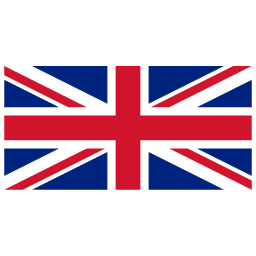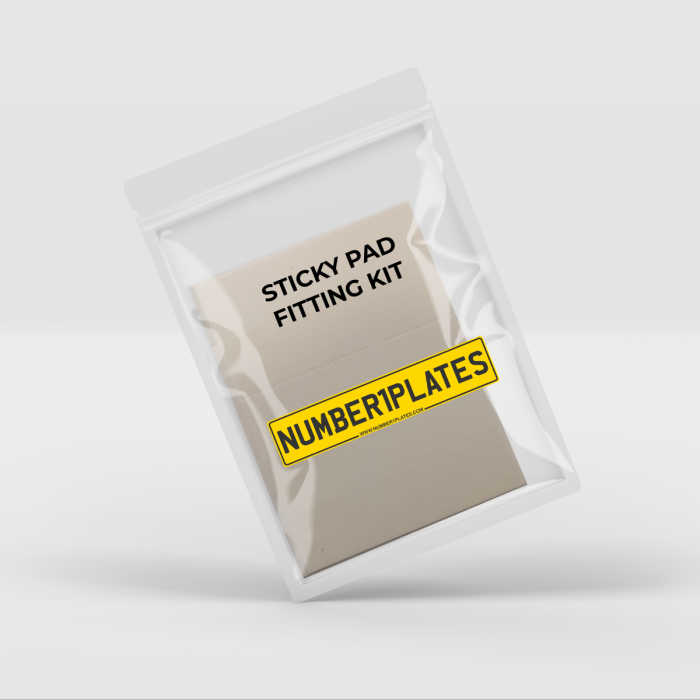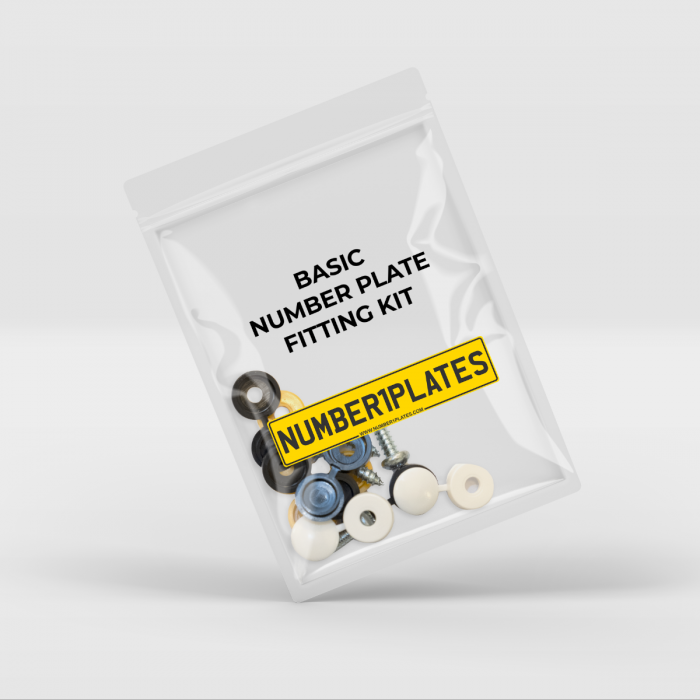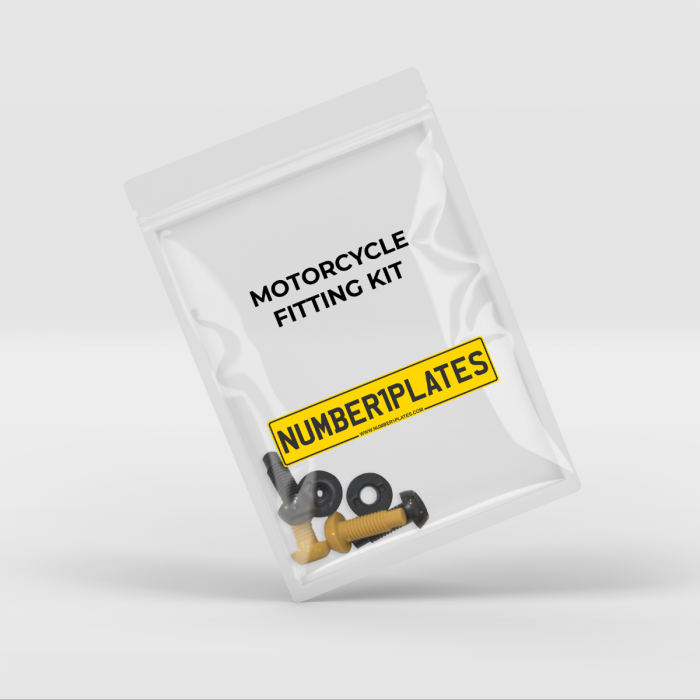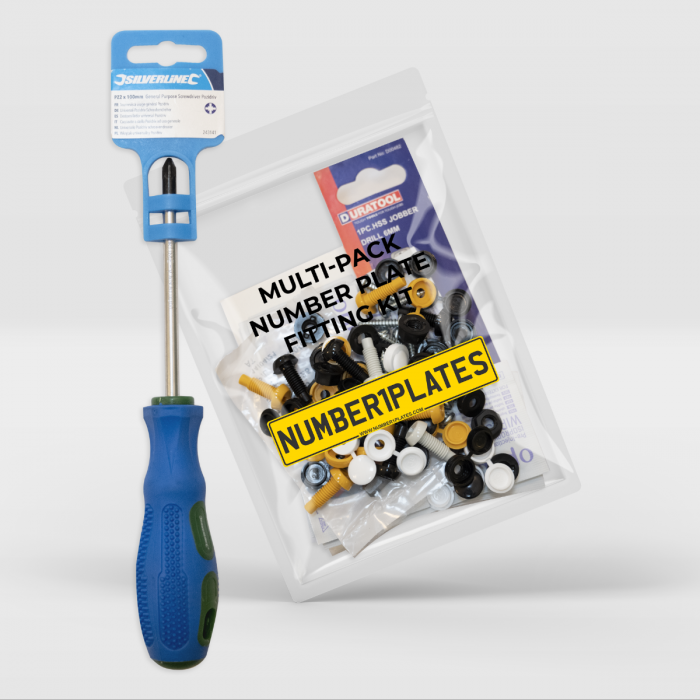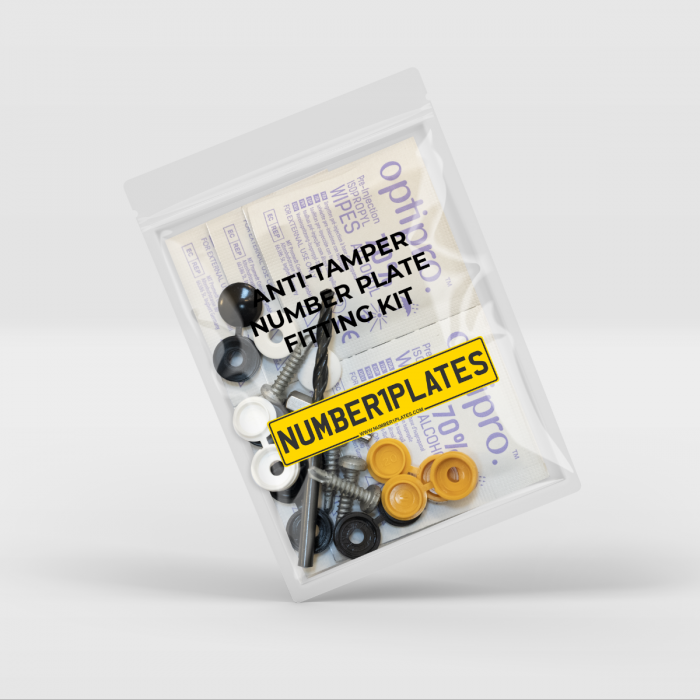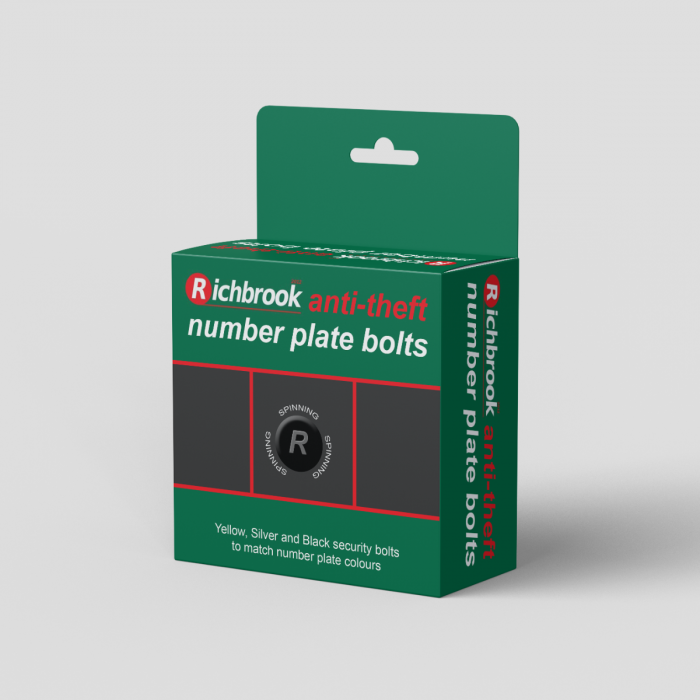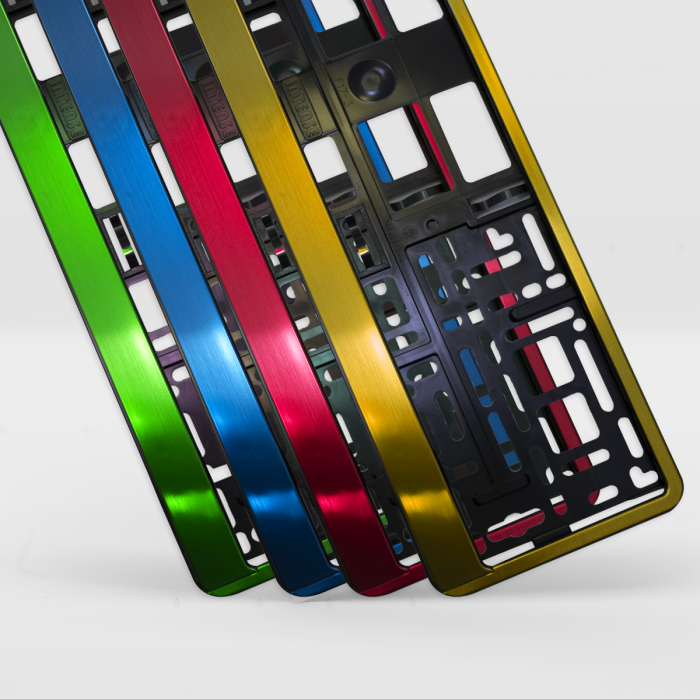How to fit your number plate?
“Don’t worry it’s really easy.”
We have a range of number plate fitting kits, each one is practical and efficient, the choice is yours!
Step 1 – Choose your Preferred Fitting Kit
Step 2 – Remove Old Plates and Clean
Sticky pads are very strong when applied to a clean and dry surface. Remove the old number plates from your vehicle and use your surface cleaner from the number plate fixing kit to remove any residue, dirt or used sticky pads from your bumper. Ensure that the bumper is clean and dry when fitting your new number plates, especially when using sticky pads.
Step 3 – Fitting Your Number Plates
3a – Sticky Pads
First of all remove your old plates if you have not already done so. Clean the area where the plate is going to be stuck using a mild detergent or even white spirit for best results, let this evaporate, then stick the pads onto the first plate spacing equally. Pull of the backing tape and stick firmly into place. Take care to get it straight as the pads are very sticky and don’t like to move once on.
Tip: Try to put them on when it is mild and dry as they don’t like cold damp surfaces. Also Try and warm up the area if its cold with a hairdryer for 30–40 seconds. We recommend one set per plate.
3b – Fit Using Screws
Using your old plates as a guide, place on top of new number plate and use as a guide to drill the correct placement of screw holes. Once the holes have been drilled, line up to the screw through the new number plate and into the hole in the bumper. Screw until tight and secure. Do not drill through 3D Gel lettering, as this will damage the lettering.
This way is really easy too. Using a 3mm drill bit (HSS/metal bits are recommended), carefully drill acrylic plates from the back surface through to the front, but drill aluminium plates from the front to the back. Ideally, support the plate on a flat surface that can also be drilled into. Do not apply too much pressure to the drill.
Then using the self tapper screws and caps just screw through the bumper plastic close the clip and you’re done.
Tip: If you have already existing number plates with screws this way will be easier for you to fit the plate by using the screw kit. Just use your existing plate as a template, drill small holes with a 3mm drill bit where the existing holes are and then just screw it straight on your car. Job is done.
3c – Fit Using Anti-Theft Screws
Using your old plates as a guide, place on top of new number plate and use as a guide to drill the correct placement of screw holes. In your anti-theft screw kit, there is a special kit that can only be used on this type of number plate screw. Line up the screw through the new number plate into the old screw holes in the bumper. Tighten until secure with special key.
3d – Fit with Number Plate Surrounds
If you want a more solid look we also offer Number Plate Surrounds. This method of number plate is the most presentable and it also gives you the best custom look for your number plate you can have. Frames are very easy to fit and you can choose from various surrounds such as black, white, chrome, carbon, metallic pink and a new 4×4 surround in chrome.
Use either screws or sticky pads to secure the surrounds to your vehicle. Unclip the bottom bracket of the surround and slide your plate into the lower opening. When the plate in with the surround, secure by using the bottom bracket and clipping the opening shut.
Some of you may wonder what happens to your old number plate when you change it… simply put, it depends on the registration and your actions! If it’s a standard registration, it ceases to exist, and will reenter the DVLA database for them to reassign to another car. If you have a personalised registration, you should always retain it and then you may opt to reassign it to a new vehicle. This can be done for a fee of £80 through the DVLA.



 100% Road Legal
100% Road Legal Express Delivery
Express Delivery

